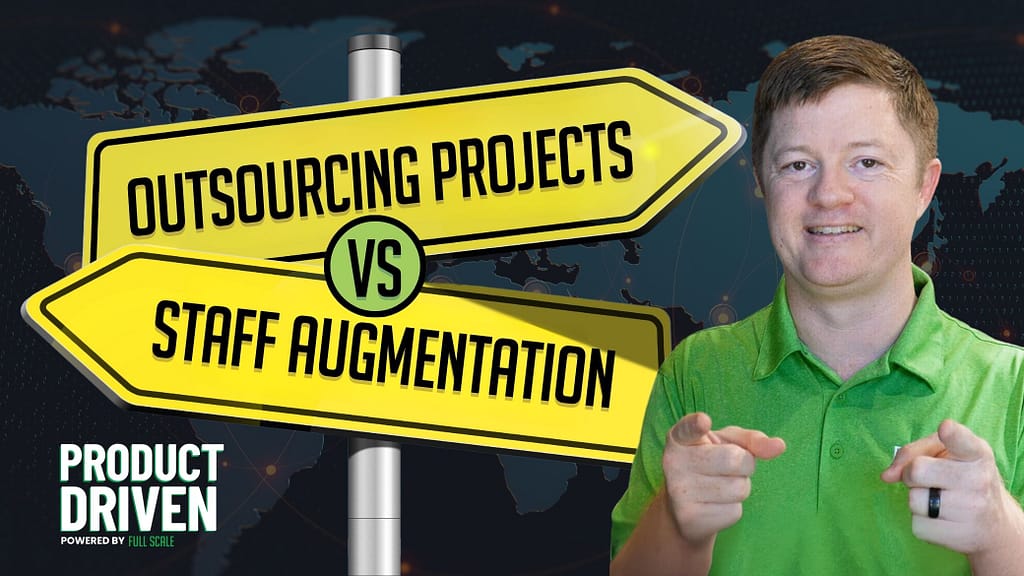Last Updated on 2025-06-25
Navigating the landscape of offshore software development can be akin to steering a ship through treacherous waters. The potential rewards are vast, yet so are the pitfalls.
In my two decades of experience as a founder and CEO of Full Scale, a company specializing in offshore software development based in the Philippines, I’ve seen firsthand the myriad of challenges businesses face when they venture into offshore development.
Here, I’ll share some of the most common mistakes and how to avoid them, ensuring your journey is both productive and rewarding. We can provide quality and affordability at roughly $25-$35 an hour!
1. The Allure and Pitfall of “Cheapshoring”
Cost savings is one of the most enticing aspects of offshore software development.
However, this allure often leads companies to fall into the trap of “cheapshoring”—the pursuit of the lowest possible rates without regard to quality. This approach can result in subpar products and delayed timelines. Ultimately, it can incur higher costs due to rework and missed opportunities.
At Full Scale, we emphasize value over cost. It’s crucial to seek a partner who offers competitive rates and a track record of quality and reliability.

2. Overlooking the Importance of In-House Engineering Leadership
Embarking on an offshore development project without strong in-house technical leadership, such as a CTO or VP of Engineering, is like setting sail without a compass.
These leaders play a critical role in bridging the gap between your business objectives and the offshore team’s execution. They ensure that the project’s technical direction aligns with your company’s goals and that quality standards are maintained.
3. Underestimating the Need for Clear Requirements and Management
A common misstep is not investing in thorough project management, clear requirements, and a strong product vision. The adage “garbage in, garbage out” holds particularly true in software development.
If you envision having rockstar developers, you first need rockstar requirements. This foundation is crucial for guiding your offshore team effectively and avoiding costly misunderstandings and rework.
4. Mismanaging the Role of a Project Manager
A frequent challenge in offshore development is the reliance on a project manager as the sole link between the client and the development team. This bottleneck can lead to delays, miscommunication, and diluted feedback.
A better approach is direct communication between your in-house team and the offshore developers, facilitated by tools and practices that support transparency and collaboration.
5. Ignoring Language and Cultural Fit
The success of offshore software development is not just about technical skills but also language proficiency and cultural compatibility.
That’s why Full Scale chose the Philippines for our development center.
The country’s high English proficiency and cultural alignment with Western business practices make it an ideal location for offshore development, ensuring smooth communication and mutual understanding.
6. The Right Engagement Model: Staff Augmentation Over Outsourcing
Traditional project outsourcing often leads to a lack of control and commitment, contrasting starkly with staff augmentation or outstaffing.
This model allows you to integrate offshore developers into your team, maintaining control over the project direction and fostering a sense of ownership and alignment with your business goals.
7. The Hazards of Solo Hiring on Platforms Like Upwork
Attempting to build your offshore team piecemeal through platforms like Upwork can be challenging, from vetting candidates to managing legal and compliance issues.
By partnering with Full Scale, companies can leverage our expertise in building entire teams, ensuring the right talent mix, and handling all recruitment, HR, and compliance matters.
In summary, offshore software development offers tremendous opportunities for growth and innovation, but it’s not without its challenges.
By avoiding these common mistakes and partnering with a trusted and reputable offshore development center like Full Scale, businesses can navigate these waters successfully, achieving their development goals while maximizing their investment.
Let’s Talk About Offshore Development

Is project-based outsourcing or staff augmentation right for your company?
I recently created a video breaking down exactly when to use each model—based on 20 years of building successful offshore teams.
No fluff, no theory—just practical insights from someone who has been there.

Matt Watson is a serial tech entrepreneur who has started four companies and had a nine-figure exit. He was the founder and CTO of VinSolutions, the #1 CRM software used in today’s automotive industry. He has over twenty years of experience working as a tech CTO and building cutting-edge SaaS solutions.
As the CEO of Full Scale, he has helped over 100 tech companies build their software services and development teams. Full Scale specializes in helping tech companies grow by augmenting their in-house teams with software development talent from the Philippines.
Matt hosts Startup Hustle, a top podcast about entrepreneurship with over 6 million downloads. He has a wealth of knowledge about startups and business from his personal experience and from interviewing hundreds of other entrepreneurs.





